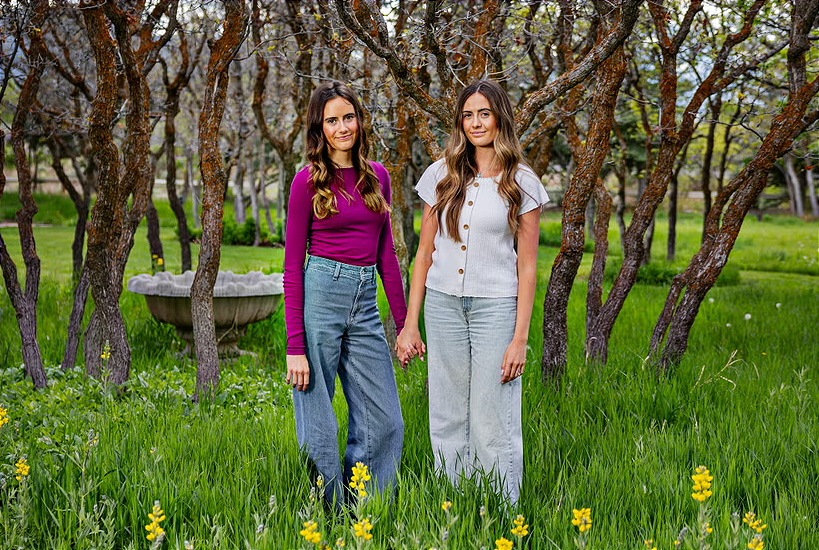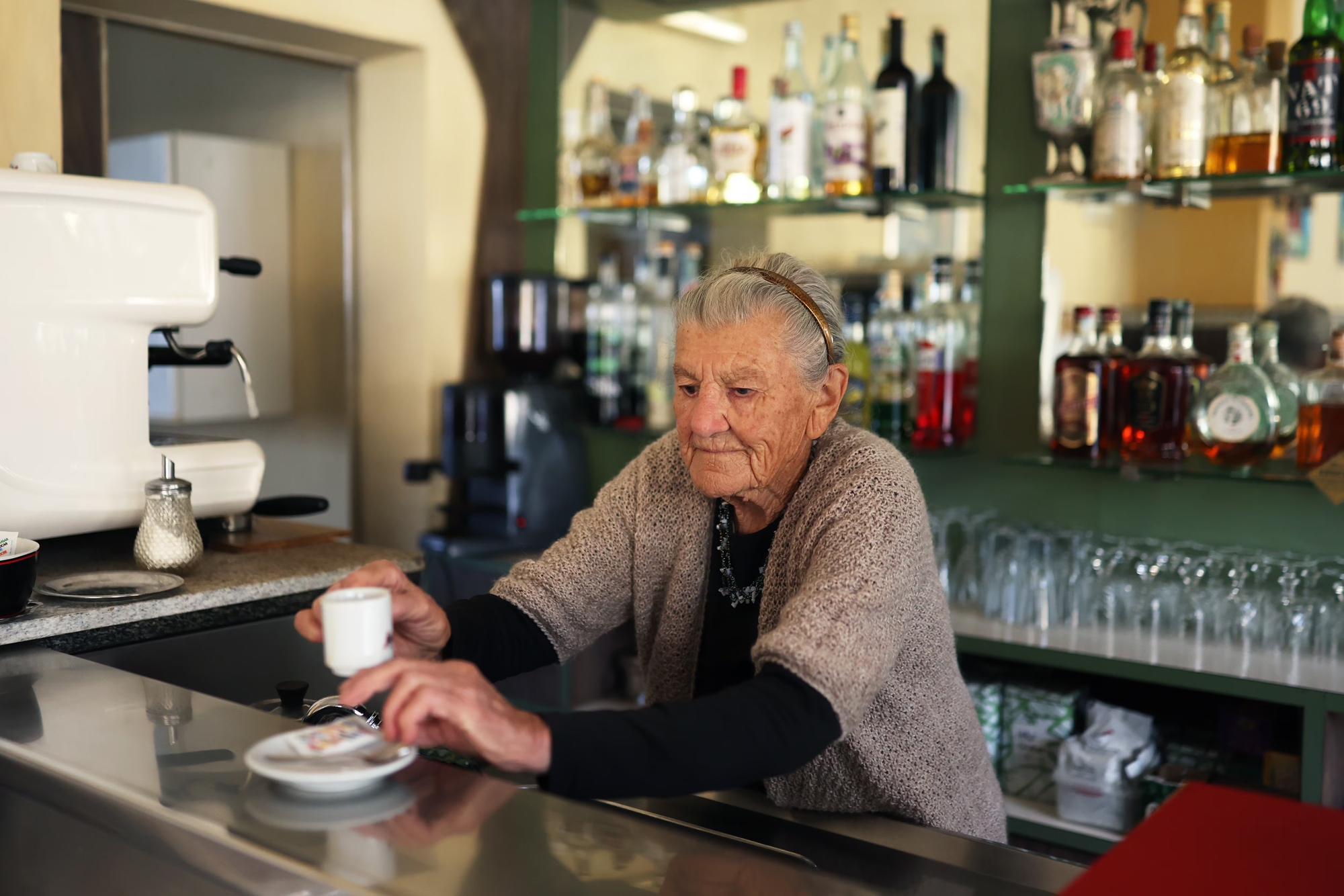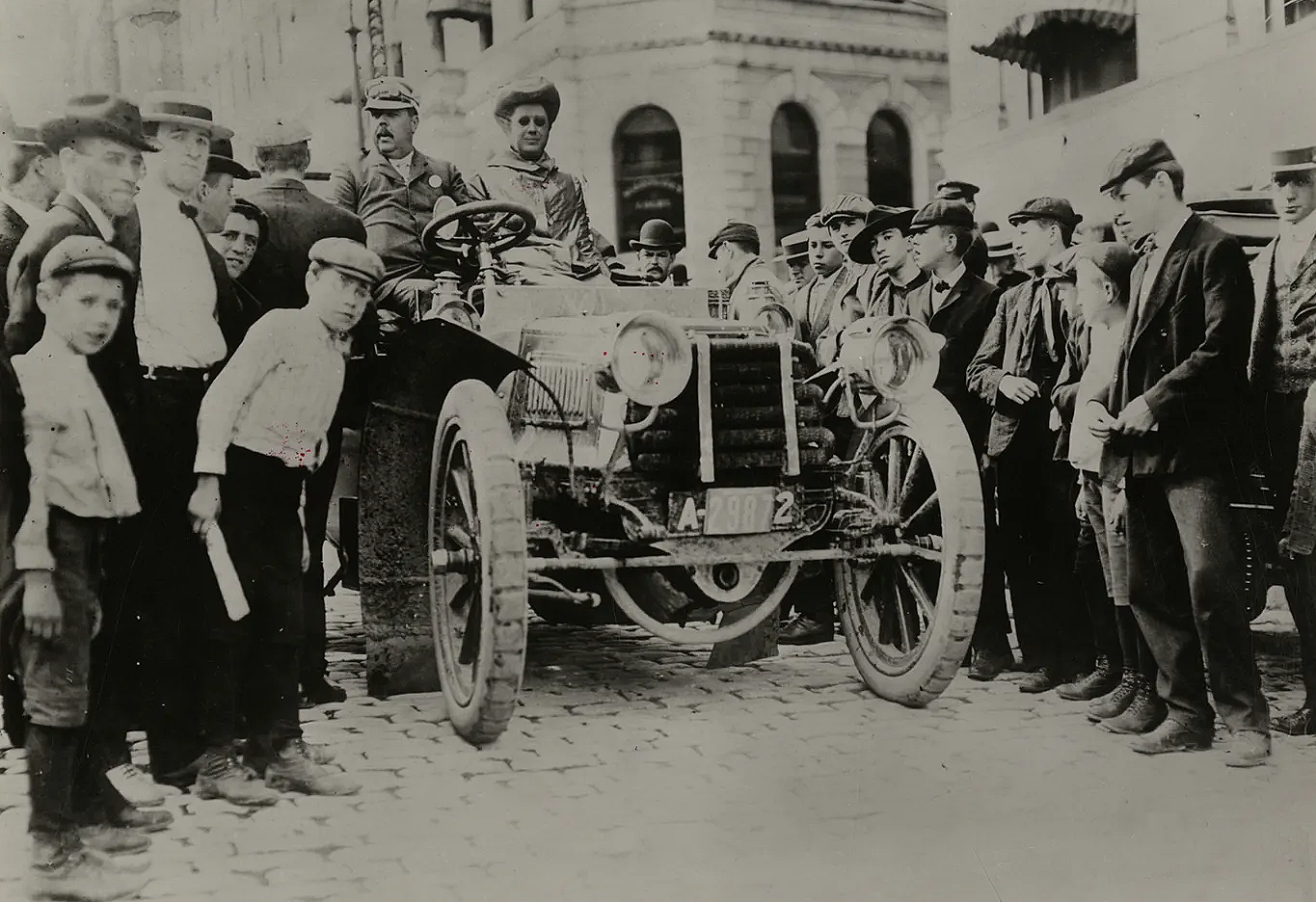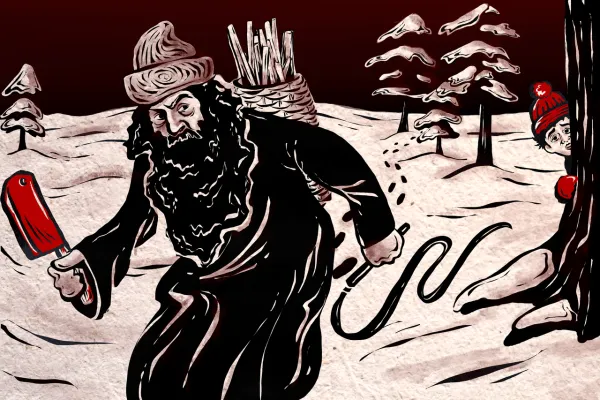She got colon cancer at 21 but her identical twin did not

Brinlee Luster brushed off the exhaustion and stomach cramps as stress. She was finishing college, planning a wedding, and racing toward graduation. At first, the changes were easy to dismiss. A cold that wouldn't clear up. An unsettled, uncomfortable feeling in her gut that could be anxiety. Feeling winded on an easy hike. But as the pain sharpened and she started leaving class 10 times to use the bathroom, she knew something was seriously wrong. Or more accurately, her sister did. Mariela Luster and Brinlee are identical twins who share everything together — attending the same college, in the same program, even meeting their husbands on the same day at the same community event. Mariela was the first to flag that Brinlee, normally energetic and enthusiastic, was not just under the weather. Doctors found a tumor so large it was blocking her colon. At 21, Brinlee was diagnosed with stage 4 colon cancer. (via Business Insider)
This 101-year-old barista has been serving coffee in Italy for eighty years

From 7 in the morning until 7 in the evening, Anna Possi does what she's been doing for more than 80 years, brewing espressos and serving coffees. She first did this sort of job at the end of World War II, when she went to work in her uncle's restaurants. In 1958, Possi and her husband opened Bar Centrale in the small town of Nebiuno on the shores of Lake Maggiore in northern Italy. Since her husband died in 1974, she's been on her own. I have customers who are now grandparents and come in with their grandchildren saying, Anna, do you remember when there was a dance floor outside, when there was a jukebox and pinball machines? Those were different times. Now they're only memories. Possi plans to remain available. She has no intention of retiring. She's among the growing number of Italians who are centenarians, the vast majority of them women. (via PBS)
No one really knows who first developed aspirin

When I was in medical school in 2007, I learned that willow bark tea has been used for thousands of years to treat pain and fever. I’ve read at least a handful of books — historical and fantasy alike — that make the same claim. Diarmuid Jeffreys wrote an entire book on aspirin, The Remarkable Story of a Wonder Drug, which detailed how willow was used from Ancient Egypt, through Ancient Greece and Rome, to the Middle Ages in Europe, and beyond. This is repeated by journal articles, though their claims are rarely referenced. These accounts seem plausible. Willow trees are relatively common, grow worldwide, and have had various uses since antiquity. However, there is a problem with the claim that willow bark and similar plants are the ancient equivalent of aspirin. And it is this: most of the extant evidence referenced by histories of aspirin fail entirely to mention using willow bark or similar plants to reduce fever, pain, or inflammation. (via Asimov.com)
Hi everyone! Mathew Ingram here. I am able to continue writing this newsletter in part because of your financial help and support, which you can do either through my Patreon or by upgrading your subscription to a monthly contribution. I enjoy gathering all of these links and sharing them with you, but it does take time, and your support makes it possible for me to do that. I also write a weekly newsletter of technology analysis called The Torment Nexus.
Beer makers often use a type of collagen made from the dried swim bladders of fish

Isinglass is a form of collagen obtained from the dried swim bladders of fish. The English word origin is from the obsolete Dutch huizenblaas – huizen is a kind of sturgeon, and blaas is a bladder. The bladders, once removed from the fish, processed, and dried, are formed into various shapes for use. It is used mainly for the clarification or fining of some beer and wine. It can also be cooked into a paste for specialised gluing purposes. Although originally made exclusively from sturgeon, especially beluga, in 1795 an invention by William Murdoch facilitated a cheap substitute using cod. This was extensively used in Britain in place of Russian isinglass, and in the US hake was important. In modern British brewing all commercial isinglass products are blends of material from a limited range of tropical fish. Before the inexpensive production of gelatin and other competing products, isinglass was used in confectionery and desserts such as fruit jelly and blancmange. (via Wikipedia)
They were the first couple to drive into the Arctic Circle in 1903

Early in the era of automobile travel, in 1903, Mr. and Mrs. Charles Glidden were the first people to drive a motorcar into the Arctic Circle, the area of land near the North Pole defined by the fact that inside it the sun does not rise at all during the winter solstice. They traveled in summer, leaving their home in Boston in June of that year with plans to road trip through Ireland, England, Wales, Denmark, and Norway. On July 16 the car was was loaded on a steamer to from London to Copenhagen. There began complications that give us insight into the early days of motor rambles. A cable informed Mr Glidden that “two of the Governors of Norwegian provinces had canceled the permits granted, and others had added restrictions.” In one case, a governor required that “a man on horseback should precede the car, warning the populace of its coming and clearing the way, although the speed limit is only fifteen miles an hour.” Understandably, Mr. Glidden decided to avoid Norway. (via Vicarious Travel)
Hey babe, the Austrians are doing that whole demonic Krampus thing again

Acknowledgements: I find a lot of these links myself, but I also get some from other newsletters that I rely on as "serendipity engines," such as The Morning News from Rosecrans Baldwin and Andrew Womack, Jodi Ettenberg's Curious About Everything, Dan Lewis's Now I Know, Robert Cottrell and Caroline Crampton's The Browser, Clive Thompson's Linkfest, Noah Brier and Colin Nagy's Why Is This Interesting, Maria Popova's The Marginalian, Sheehan Quirke AKA The Cultural Tutor, the Smithsonian magazine, and JSTOR Daily. If you come across something interesting that you think should be included here, please feel free to email me at mathew @ mathewingram dot com



